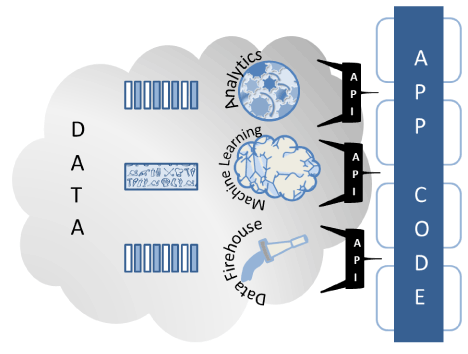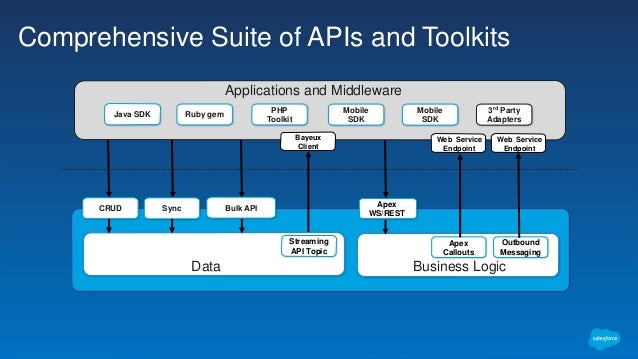If you're looking for a solution to streamline your Salesforce operations, then you need to know about the Composite API. This innovative technology is making waves in the Salesforce world, and it's no wonder why. With its ability to combine multiple API requests into a single call, Composite API can drastically improve efficiency and reduce processing time.
What is Composite API?
At its core, Composite API is a set of tools that allow developers to execute multiple Salesforce API requests in a single call. This saves time and resources by reducing the number of API calls needed to complete a given task. Essentially, Composite API provides a more efficient way to perform complex operations in Salesforce.

How Does It Work?
Composite API works by providing a way for developers to bundle multiple API requests into a single call. This is achieved through the use of a single HTTP request that contains multiple sub-requests. These sub-requests can be either GET, POST, PUT or DELETE calls, depending on the desired action.
In a Composite API call, each sub-request is given a unique identifier, which is used to track the progress of the overall operation. If any one of the sub-requests fails, the entire operation is rolled back, ensuring that nothing is left in an incomplete or inconsistent state.

Why Use Composite API?
There are a number of reasons to consider using Composite API in your Salesforce operations. Here are just a few:
- Efficiency: By bundling multiple API requests into a single call, Composite API can drastically reduce processing time, saving you both time and resources.
- Convenience: With Composite API, you can execute complex operations with just a single call, making it easier to manage your Salesforce operations and keep your workflow streamlined.
- Error Handling: If any one of the sub-requests in a Composite API call fails, the entire operation is rolled back, ensuring that nothing is left in an incomplete or inconsistent state.
- Scalability: Composite API is designed to handle large-scale operations, making it a great choice for enterprise-level Salesforce deployments.
Implementing Composite API
Implementing Composite API is relatively straightforward, but it does require a bit of coding knowledge. Here's a quick overview of the steps involved:
- Create a new Composite API request.
- Add sub-requests to the Composite API request.
- Specify the endpoint (i.e. the Salesforce object) for each sub-request.
- Define the HTTP method for each sub-request (e.g. GET, POST, PUT, DELETE).
- Add any required parameters or headers for each sub-request.
- Execute the Composite API request.
Best Practices for Using Composite API
While Composite API can be a powerful tool for Salesforce developers, it's important to follow best practices to ensure that you get the most out of it. Here are some tips to keep in mind:
- Start Small: If you're new to Composite API, start with simple operations and work your way up to more complex requests.
- Keep It Simple: Composite API can be highly customizable, but don't overcomplicate your code. Keep your requests as simple as possible to minimize the risk of errors.
- Test, Test, Test: Be sure to thoroughly test your Composite API requests before deploying them to production.
- Document Your Code: As with any Salesforce development project, it's important to document your code and procedures to make troubleshooting and maintenance easier.

Conclusion
If you're looking to simplify and streamline your Salesforce operations, Composite API is definitely worth considering. By reducing the number of API calls required to perform complex operations, Composite API can improve efficiency, reduce processing time, and make managing your Salesforce deployments much easier. Just be sure to follow best practices and thoroughly test your code before deploying it to production!
